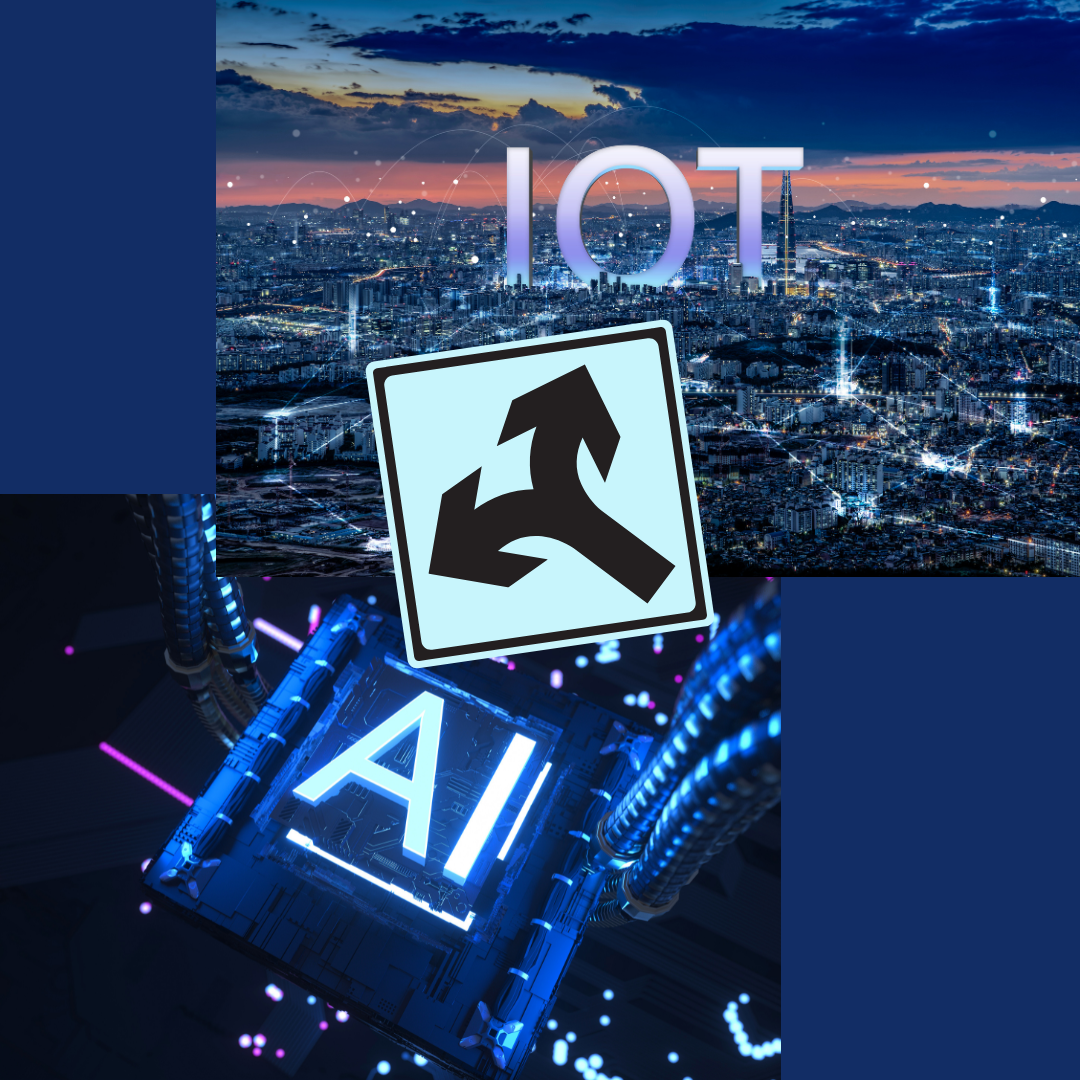The Intersection of AI and IoT

The integration of AI and IoT technologies is creating a new era of smart homes, cities, and factories. These technologies are transforming the way we live and work, improving efficiency, productivity, and quality of life. In this blog, we will explore the latest developments in AI and IoT technologies and how they are being used to create smart environments. We will also discuss the potential applications of AI and IoT, the challenges of integrating them, and provide examples of successful AI and IoT implementations.
Smart Homes: The use of AI and IoT in smart homes is becoming increasingly popular. Smart home devices such as thermostats, lighting, and security systems can be controlled remotely using a smartphone or voice commands. AI algorithms can analyze data from sensors and devices to provide personalized recommendations for energy savings, home security, and other tasks.
Smart Cities: The integration of AI and IoT in smart cities is improving efficiency, sustainability, and safety. IoT sensors can collect data on traffic, air quality, and energy consumption, which can be analyzed by AI algorithms to optimize city operations. Smart traffic management systems can reduce congestion and improve traffic flow, while smart lighting systems can reduce energy consumption and light pollution.
Smart Factories: The use of AI and IoT in smart factories is transforming the manufacturing industry. IoT sensors can collect data on machines, processes, and products, which can be analyzed by AI algorithms to optimize production and reduce downtime. Predictive maintenance systems can identify potential equipment failures before they occur, while machine learning algorithms can improve product quality and reduce waste.
Challenges of Integrating AI and IoT: The integration of AI and IoT technologies presents several challenges. One challenge is data privacy and security, as IoT devices can collect sensitive data such as personal information and location data. Another challenge is interoperability, as different IoT devices and systems may use different protocols and standards. Additionally, AI algorithms may require large amounts of data and processing power, which may be difficult to obtain in some IoT environments.
Successful AI and IoT Implementations: There are many successful AI and IoT implementations in various industries. For example, Google's Nest smart home devices use AI algorithms to learn user preferences and adjust temperature and lighting accordingly. Siemens' smart factories use IoT sensors and AI algorithms to optimize production and reduce downtime. And Barcelona's smart city initiative uses IoT sensors and AI algorithms to monitor air quality and reduce traffic congestion.
The integration of AI and IoT technologies is transforming the way we live and work, creating smart environments that are more efficient, sustainable, and safe. While there are challenges to integrating these technologies, there are also many successful implementations in various industries. The potential applications of AI and IoT are vast, and we can expect to see continued innovation and growth in this area in the coming years.
We research, curate and publish daily updates from the field of AI. Paid subscription gives you access to paid articles, a platform to build your own generative AI tools, invitations to closed events and open-source tools.
Consider becoming a paying subscriber to get the latest!
No spam, no sharing to third party. Only you and me.






